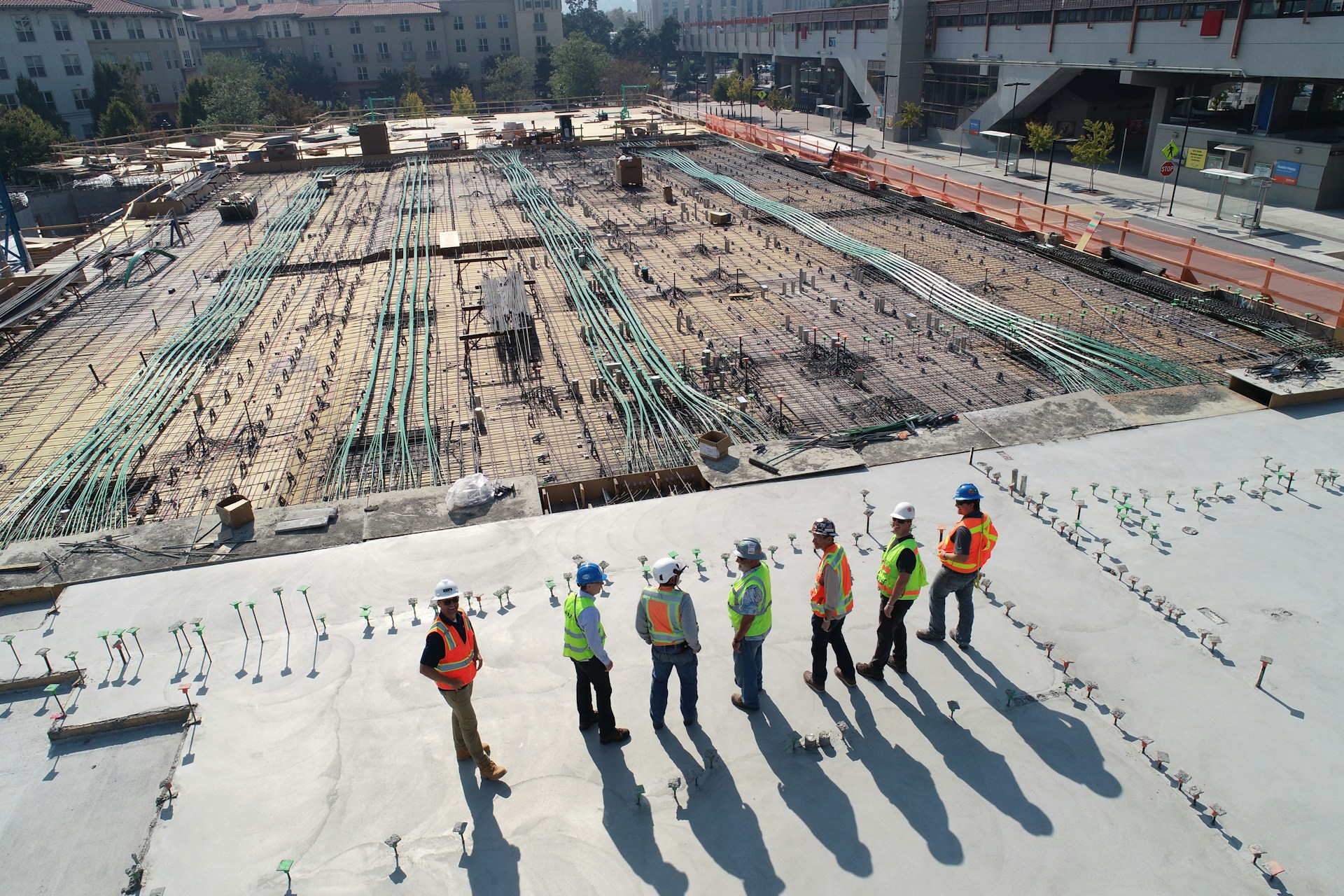
In the multifamily and student housing sectors, property management companies are increasingly turning to centralization and operational efficiency to maintain competitiveness and drive growth. These strategies help streamline processes, reduce costs, and improve portfolio performance. Yet, a critical but often overlooked aspect of achieving these efficiencies lies in the strategic integration of interior design.
National interior design partnerships, like those with paint or flooring suppliers, can offer portfolio-wide consistency, faster project execution, and significant cost savings – all critical outcomes for top leadership managing national accounts.
Leveraging National Partnerships for Operational Efficiency
Multifamily and student housing operators are no strangers to the benefits of national partnerships. Companies like Sherwin-Williams (paint) and Shaw Contract (flooring) have long provided scalable solutions to streamline operations and alleviate property-level burdens.
- Streamlined Procurement and Vendor Management
National partnerships simplify supply chains and reduce the administrative burden on on-site teams. A report from the National Apartment Association (NAA) notes that companies with national supplier agreements reduce procurement costs by an average of 18% while shortening lead times by 22%. This is especially impactful for portfolios managing properties in multiple states. - Standardized Materials for Cost Control
Uniformity across properties ensures predictability in maintenance and reduces repair costs. For example, Sherwin-Williams provides exclusive programs for multifamily clients, offering products designed to lower touch-up and repainting costs. These savings can amount to 5-10% annually across large portfolios. - Enhanced Asset Performance Through Consistency
Consistency in materials and finishes strengthens brand identity, making properties more appealing to prospective residents. Data from the National Multifamily Housing Council (NMHC) indicates that properties with cohesive design and branding see a 12% higher retention rate, translating into reduced turnover costs and stabilized revenue streams.
The Role of Interior Design in Enhancing Operational Efficiency
Interior design is more than aesthetics—it’s a strategic business tool that directly impacts operational efficiency, asset performance, and resident satisfaction. Here’s how it supports key objectives for the C-suite:
- Scalable Solutions for Portfolio-Wide Consistency
National design firms enable standardized designs across properties, reducing the complexity of individual site customization. According to the NAA, properties using standardized design guidelines save 20-30% on procurement and installation costs. This approach also simplifies vendor relationships, ensuring predictability and reliability in large-scale operations. - Minimizing Renovation Downtime and Increasing Asset ROI
Renovation timelines directly affect a property’s financial performance. A report by Multifamily Executive found that streamlined renovations managed by national design firms reduce project timelines by an average of 15%, leading to faster lease-ups and improved NOI. - Data-Driven Design to Align with Market Trends
National design firms leverage portfolio-wide performance data to create spaces that align with resident preferences and market demands. NMHC research shows that investments in interiors and amenities informed by market data yield 10-15% higher rental premiums, demonstrating the direct financial benefits of strategic design decisions.
Supporting Data on Operational Efficiency
Operational efficiency remains a top priority for multifamily executives, with recent industry reports emphasizing its importance:
- 76% of property management professionals rank operational efficiencies as their top challenge (NAA Property Management Industry Pulse 2023).
- 57% cite reducing costs as their primary goal, followed by finding high-quality vendors and suppliers (41%) and effective project tracking (40%).
- Properties that centralize operations see a 25-30% reduction in operating expenses within the first year (NMHC Data Analysis, 2023).
These statistics reinforce the need for streamlined systems and strategic partnerships to optimize portfolio performance.
From Property to Portfolio: Elevating Interior Design to the National Level
As the multifamily and student housing sectors evolve, national partnerships in interior design represent a significant opportunity for operational improvement. By moving beyond a property-to-property approach, companies can achieve:
- Cost Savings: Standardization reduces procurement and installation costs while simplifying maintenance.
- Efficiency Gains: Streamlined processes and faster project timelines lower renovation downtime and boost asset performance.
- Scalability: A unified design approach supports consistent execution across multiple states or regions.
Interior design, when viewed as a strategic partnership rather than an auxiliary service, becomes a powerful tool for C-suite leaders seeking to scale operations, control costs, and deliver measurable ROI.
In today’s competitive market, centralization and operational efficiency are non-negotiable for property management companies aiming to scale nationally. These strategies reduce complexity, improve cost controls, and optimize portfolio performance. By incorporating national interior design partnerships into their operational playbook, key leadership can unlock additional efficiencies, create cohesive brand identities, and realize meaningful financial gains.
For those ready to elevate their approach, the question isn’t whether interior design should be part of the conversation – it’s how soon you can make it a strategic priority.
